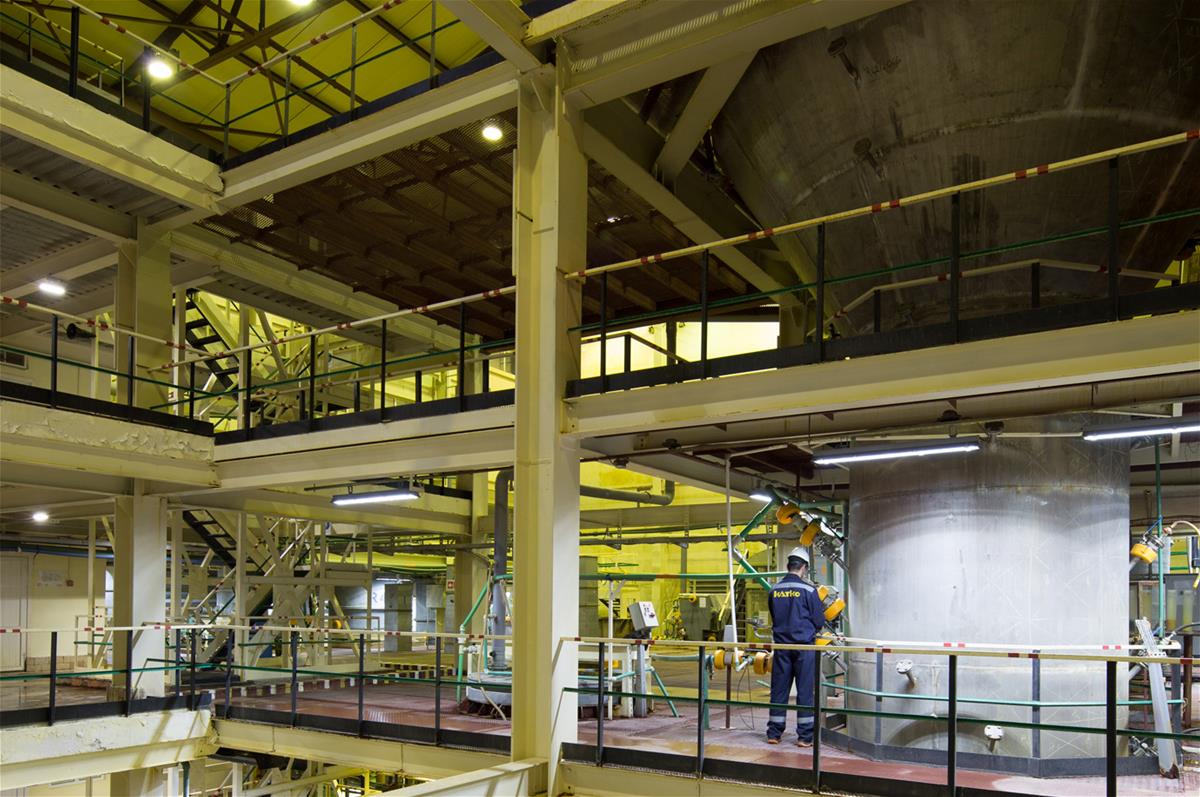Our achievements

Fluidized beds, Kazakhstan - Niger
The fluidized bed project arose from the desire to reduce the costs of transporting yellow cake. The chosen technique consists in increasing the density of uranium concentrates.
This innovative technology makes it possible to double the density of yellow cake on precipitation. The final product also presents improved physicochemical properties compared to a conventional method that uses a succession of tanks (the fluidized bed uses only one tank).The packaging and transport costs are halved.
This breakthrough in uranium process is protected by an international patent. This technology that is not only applicable to uranium works for all processing through precipitation.
Production of uranium using leaching, Niger

Mining operations sometimes require the use of a heap leach process in the recovery of metals in the aqueous phase.
CIME is involved in setting up and improving the performance of the process by carrying out technological tests and measurements as part of the feasibility studies.
Separation and purification by ion exchange resin, France
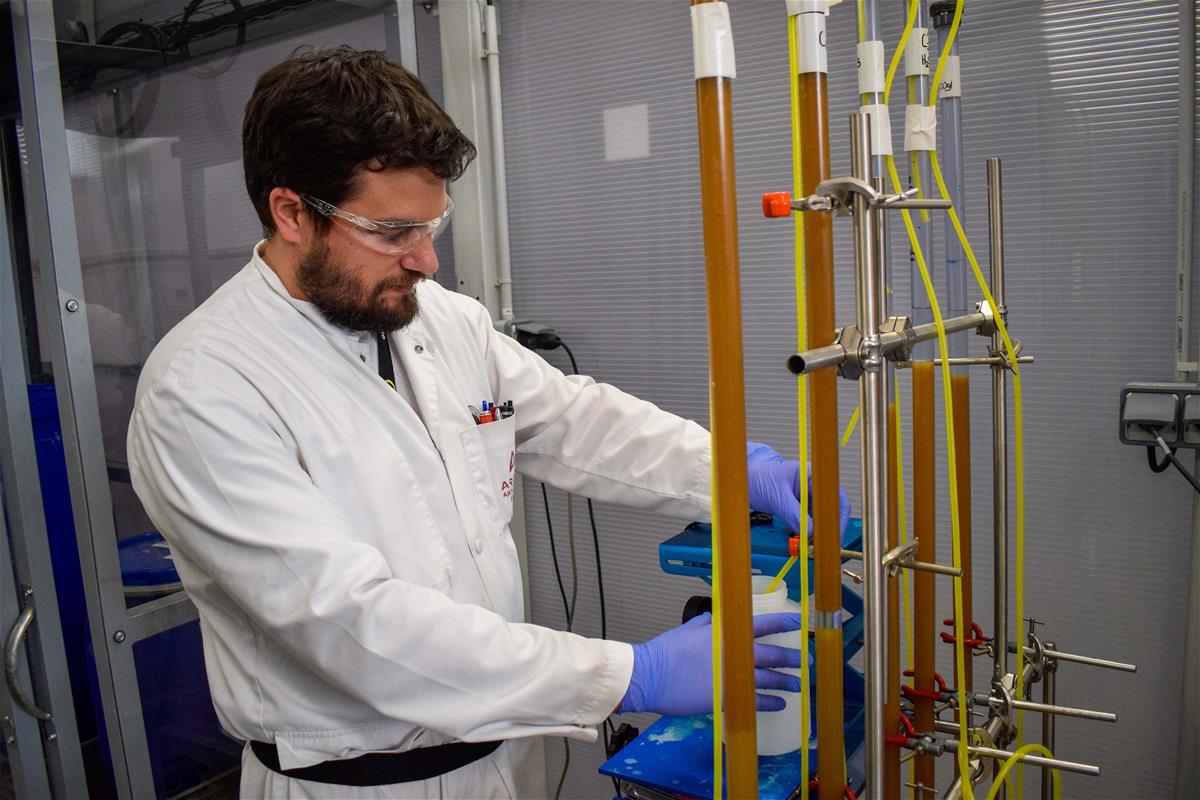
IX separation (or Ion Exchange) is a process for effectively removing a metal from an aqueous solution, even when present in trace amounts.
The purpose of ion exchange resins is to selectively fix the target element and concentrate it in an eluate to precipitate it.
CIME has several technologies, adaptable to the metal to be recovered, present in different matrices (H2SO4, HNO3 ...). For example, it has developed customized resins for the extraction of uranium from phosphates. The extraction of traces of heavy metals like cadmium, sometimes present in the phosphoric matrix, has also been studied.
Residue management of former mining sites, France

CIME has the equipment and material resources to offer a comprehensive service for managing contamined waste and materials (very low activity), including operations tailored to the customer's needs: studies and analysis of waste sectors, radiological control, sorting, sanitation, cutting, conditioning, disposal, recovery and radiological characterization of waste.
Recovery of by-products, example : Vanadium, France
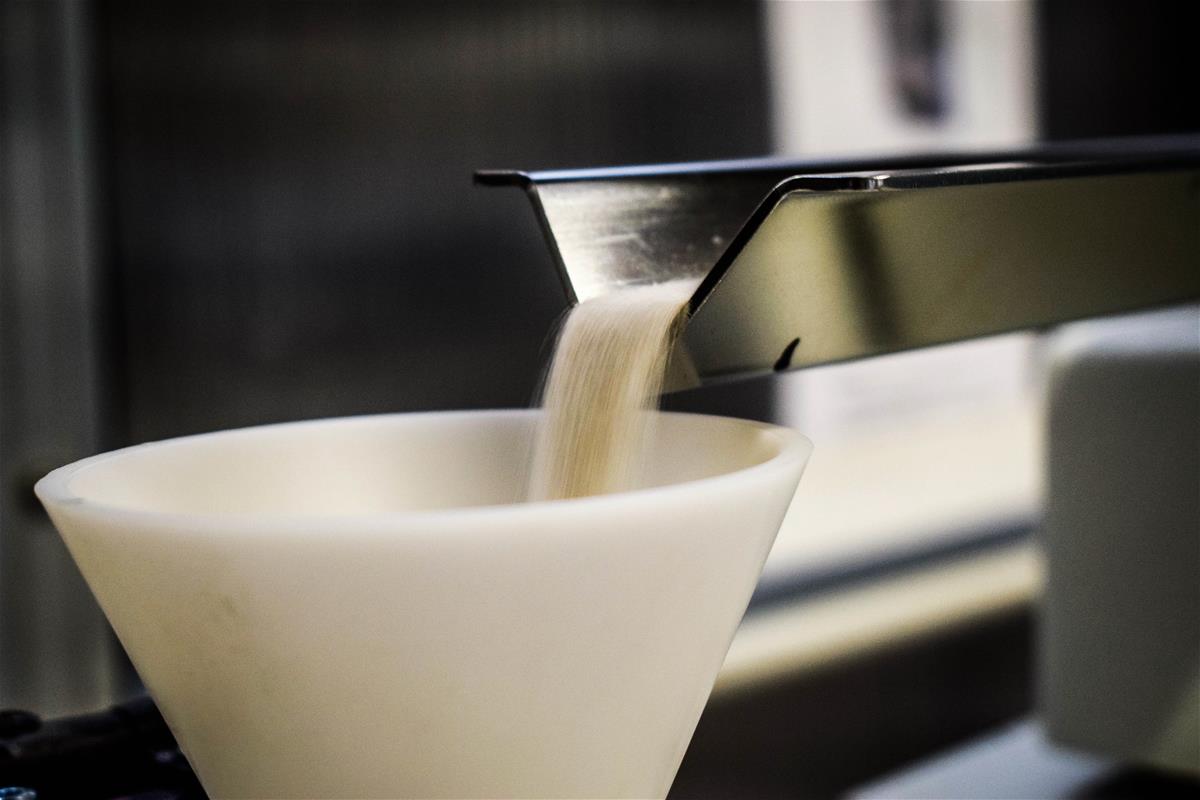
CIME conducts pilots and missions on mining sites to perform tests on effluents and sludge from mill processes for the recovery of valuable elements such as vanadium. This element is potentially recoverable and is a competitive resource in the European market.
CIME takes part in various international working groups for the recovery of critical metals.
Production of oxides, France
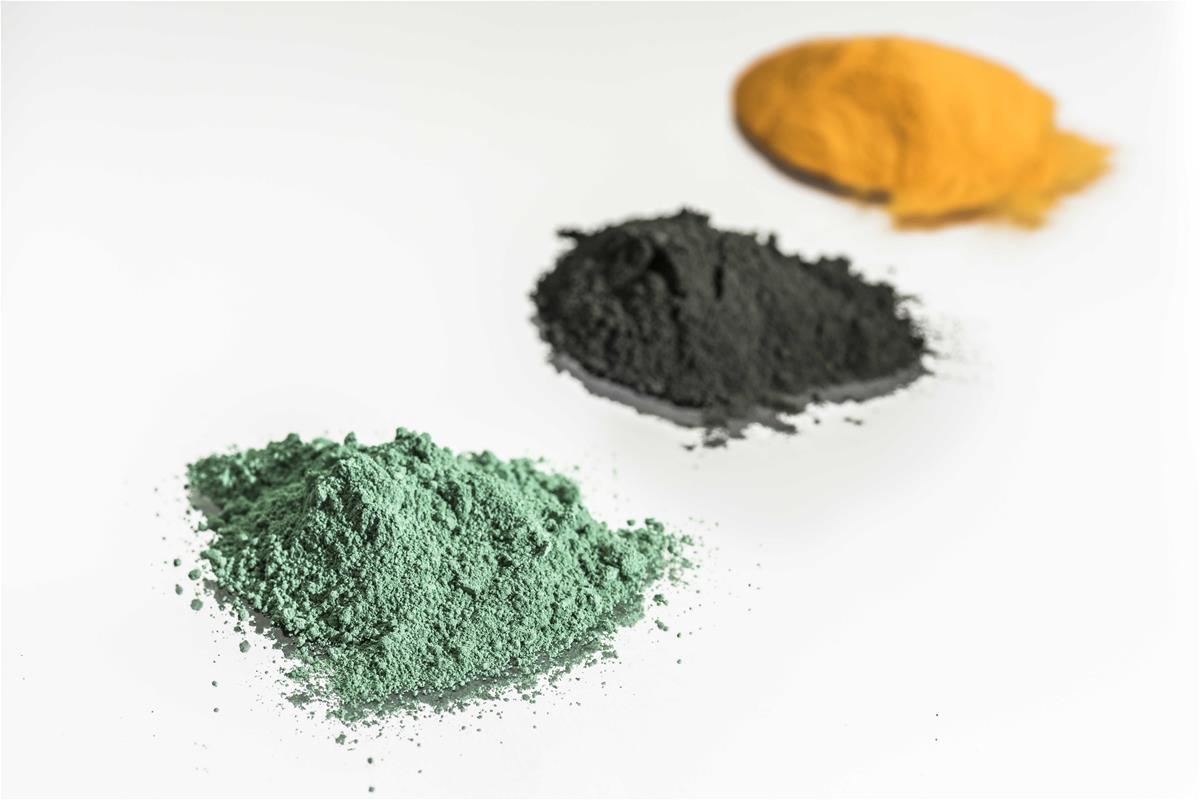
One of the solutions in the non-proliferation of nuclear materials is not to separate certain radioactive elements in the spent fuel cycle. In this context, CIME has been working for several years on the production of mixed oxides by oxalic precipitation and calcination.
Treatment of soils contaminated with radioelements, France
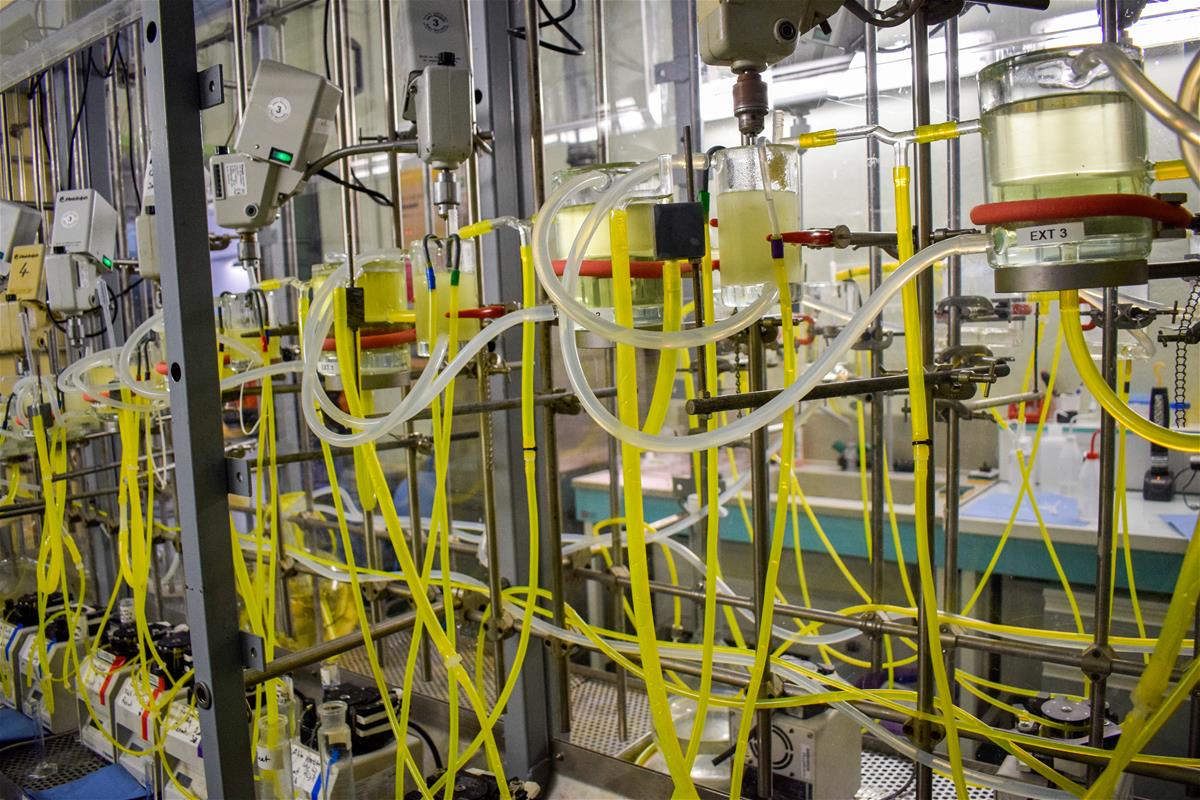
Fuel treatment, France
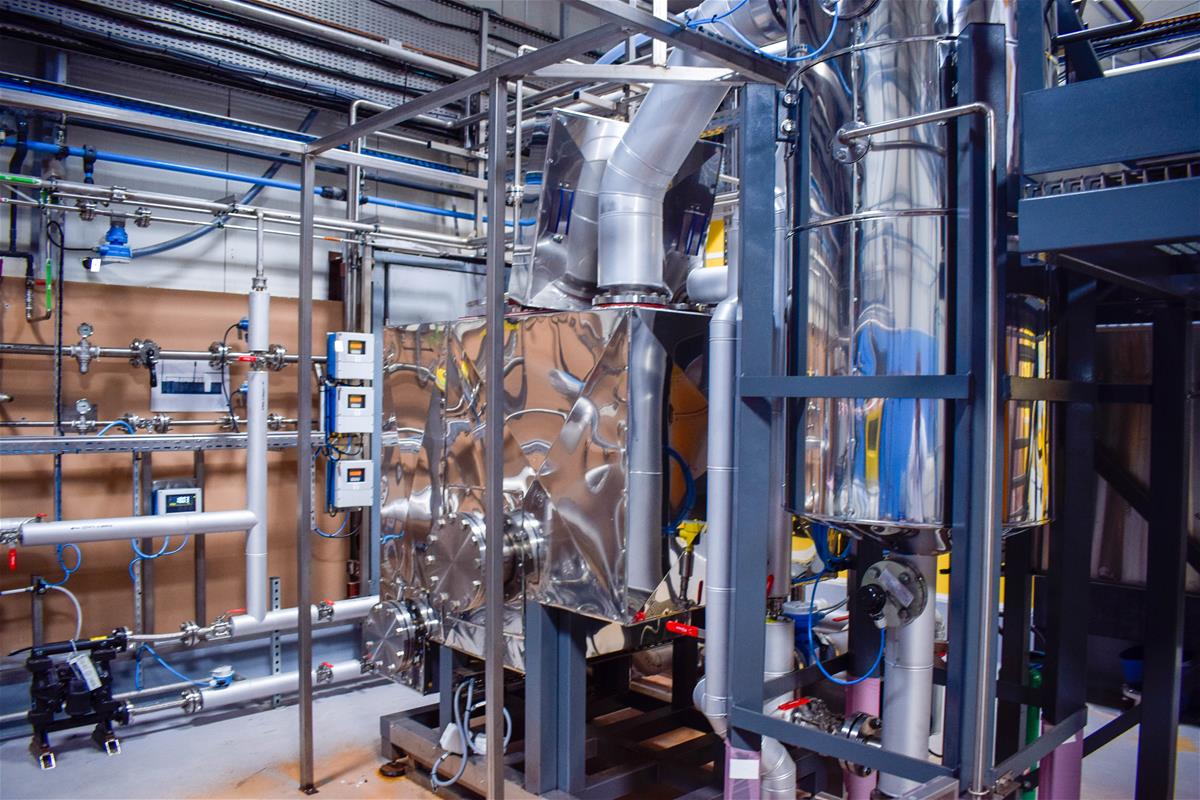
As part of fuel treatment, CIME offers a complete solution for the design, sizing and mounting of a dissolution pilot. This method ensures the capacitive treatment of a large area of non-standard nuclear fuels.
Effluent treatment, France
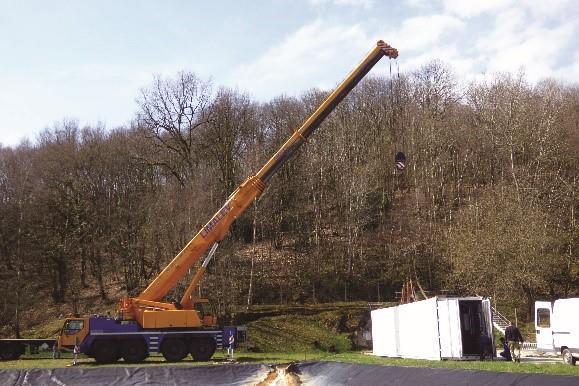
All industrial production involves the presence of chemical elements or radioelements in waste water. CIME develops effective effluent treatment processes in accordance with pre-discharge environmental standards to limit the impact of activities on the ecosystem.
ScaVanger: a project for European independence in Scandium
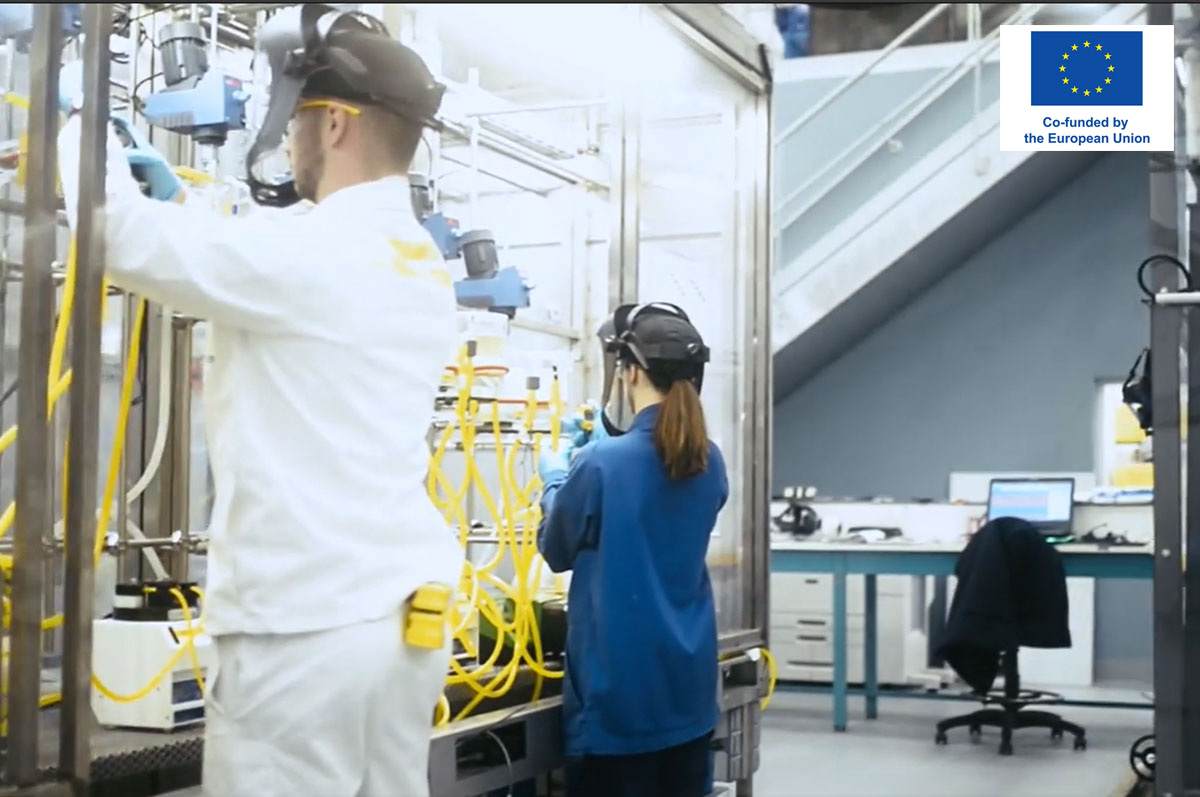
Launched in 2021 by the EIT Raw Material, the European ScaVanger project aims at developpping sustainable Scandium production in Europe by recovering by-products from the titanium industry, enabling the European Union to achieve strategic Scandium independence at competitive prices.

